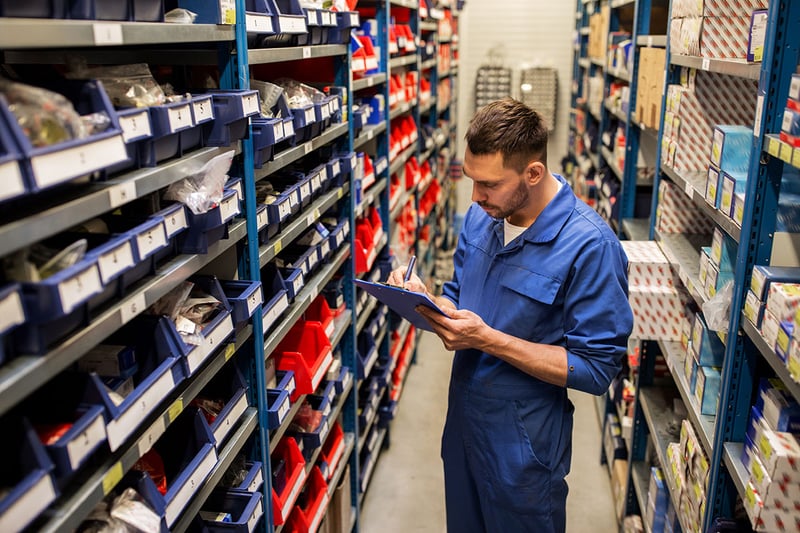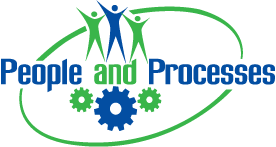 How many times have you walked around a hardware store or a kitchen store and seen a tool or instrument that just made you shake your head and say to yourself ‘Wow if I’d had that when I tried to do…………………………….. life would have been so much easier!’
How many times have you walked around a hardware store or a kitchen store and seen a tool or instrument that just made you shake your head and say to yourself ‘Wow if I’d had that when I tried to do…………………………….. life would have been so much easier!’
Well in the world of maintenance and reliability, we have the same sort of situation – where there are tools available to allow us to finish the work sooner, reach a higher level of quality and just simply improve our performance. For me, one of those hidden gems is the maintenance storeroom and our inventory management system.
Many times, the maintenance and reliability teams have little influence or impact in this area and simply expect it to perform to our needs. But, did you know that surveys have shown that the carrying cost of those spare parts can be as much as 25%-30% of the value of the parts. This is arrived at by looking at the costs of parts that become obsolete, cost of counting and stocking, the space it occupies, damage, insurance etc. If your costs are not as high as those I mentioned, it is still a substantial cost that would warrant the management of the system.
I guess the question to be answered is how much involvement and in what areas should maintenance and reliability be involved?
Let’s start with max-min levels – who sets them maintenance or storeroom? Maybe procurement or someone else sets them. In many instances, it’s storeroom but how do they know what the right amount is? How do they know if there has been a change in process or procedures? How do they know how many pieces of equipment use those parts? If it’s only the maintenance group, how do they know the lead times or economical re-order quantity etc? So, I guess the simple answer is it should be a combination.
How about the ability to substitute a lower cost item for the already stocked one? Does everyone understand the difference between cost and value? What are KPIs in place for either department? You can be sure that if the storeroom have a KPI of reduced inventory value that they will look for lower cost items, which in turn may totally destroy the hope of maintenance to maintain the reliability of the equipment. So, again I guess it should be a combination.
At one plant I worked at, I insisted that I approve all auto generated POs before they were placed. Everywhere I go, I try and take ownership of the storeroom and in this instance, I was somewhat successful as the Director told me that I could own it as long as reduced the inventory value by 20%! Be careful what you ask for. When I got the report, I realized it simply gave the min and re-order quantity so off I went to finance (who had previously owned the stores) and asked if they had a report that showed max, min, re-order quantity, lead time and usage over 1 year. They told me no. Next call was to IT to ask if they could manipulate the enterprise system to get me the report. Luckily, they said yes! When I finally got the report, I found that in some instances we would be ordering 2 pieces even though we had 3 in stock. However, we had only used 1 in the last year but that was the way max - min had been set up.
The role of Materials Management is critical
to support equipment reliability and the execution
of proactive maintenance
This scenario played out quite often, so I went to the storeroom personnel and asked if they knew why this was the case. They said they weren’t sure, but they remembered that the previous maintenance manager used to come in screaming sometimes and insisting that they increased the stock level. There were quite a few tradespeople who had been with the company for a while so I went and asked them if they remembered this type of behavior. They all agreed that it had happened and one of them explained that any time there was a stock out it would happen, no matter the reason for the stock out. He remembered a particular episode where there had been a problem with the process raw materials -though no-one would admit this until an investigation later. It caused jam-ups in the machines and actually snapped a particular component in the machines. After the second one was replaced, there weren’t any left in the storeroom. Then, when the third and fourth ones broke there was extended downtime and maintenance was blamed. This resulted in the maintenance manager screaming at the storeroom as to why they didn’t keep enough stock. The storeroom screamed back that if maintenance did their job properly they wouldn’t break and that they had stocked enough for all the previous years, so it wasn’t their fault. The end result was that they doubled the max and min. I asked what the part was and went off to investigate. What I found was exactly what was described, there was little to no usage then a spike for about a month followed by little or no usage. The doubled max and min had stayed the same resulting in carrying unnecessary inventory. How did I find the problem – yes you guessed it was a combination.
There are many more advantages to being involved in and understanding the inventory process and we will touch on some in future articles but in the meantime for those who are not familiar with the possibilities – a course like the one above will set you on your journey.
